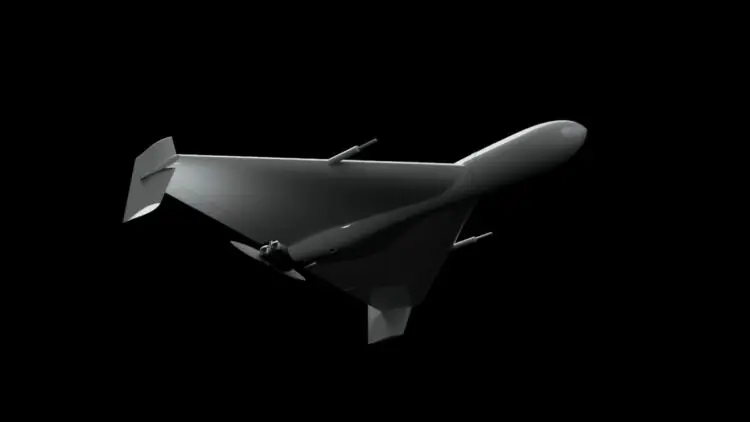Russia is reportedly testing a new generation of strike drone powered by Nvidia’s Jetson Orin platform – one that Ukrainian military officials are calling a “digital predator” capable of independently locating and engaging targets.
According to Ukrainian Major General Vladyslav Klochkov, Russia is conducting field tests of a new AI-equipped drone with thermal imaging capabilities. This drone is said to autonomously assess its surroundings, identify targets without receiving pre-set coordinates, and avoid most air defense systems. At its core is the Nvidia Jetson Orin module, which transforms the drone into an autonomous combat platform – able to see, analyze, make decisions, and strike without direct operator control.
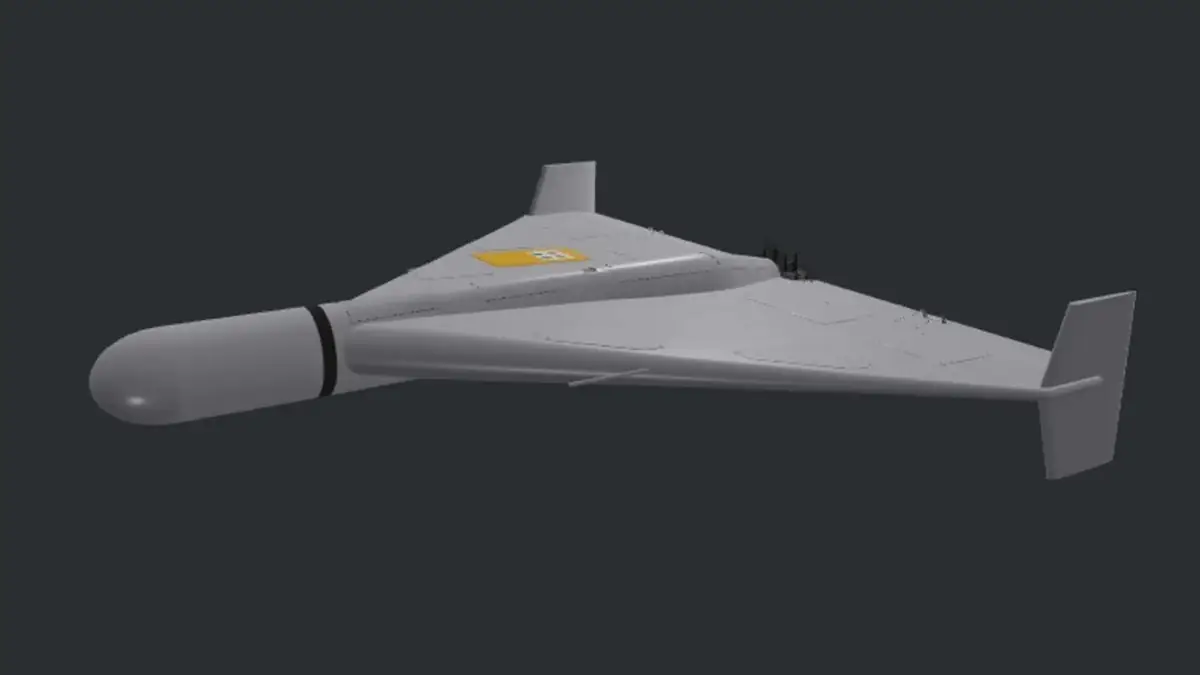
Thanks to the Jetson Orin processor, the upgraded Shahed MS001 doesn’t just follow a pre-programmed route like conventional loitering munitions. Instead, it performs real-time analysis. “This drone autonomously detects objects, selects the highest-value target among them, adjusts its course, and adapts even when GPS is lost or the target maneuvers aggressively,” explains General Klochkov. “It’s not just an autonomous bomb – it’s a next-generation hunter.” Of particular concern is the possibility that the MS001 could operate as part of a coordinated swarm, maintaining its effectiveness even in the presence of Ukrainian electronic warfare systems or other countermeasures.
In concluding his LinkedIn post, General-Major Klochkov wrote: “We are fighting not only against Russia. We are fighting against inertia.” His words can be seen as a call to accelerate the development and deployment of Ukraine’s own strike drone capabilities. Klochkov expresses clear frustration with the current procurement and testing procedures, which he says are slowing the adoption of innovative systems needed to effectively counter new variants of Shahed-type drones.
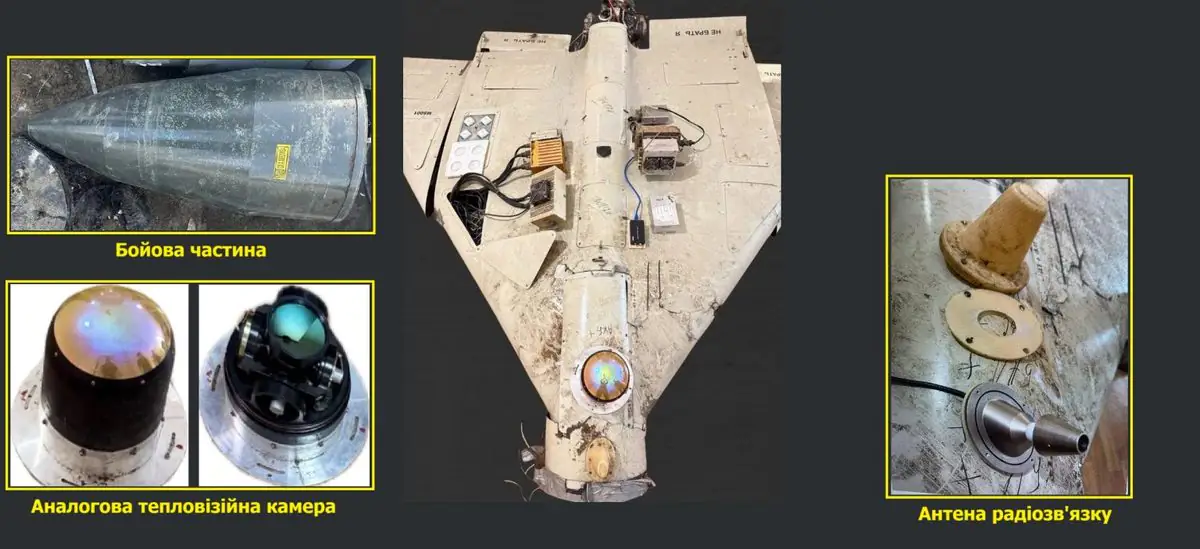
Shahed drones, originally developed in Iran, gained notoriety through their widespread use by the Russian military in strikes against Ukrainian territory. In the case of the MS001, however, the platform appears to be a significantly upgraded variant – one that incorporates Western technologies, giving it characteristics more in line with so-called “smart” weaponry.
According to Klochkov, MS001 is based on the following key components:
- Nvidia Jetson Orin – responsible for deep learning, video stream processing, thermal imaging camera – allows for night and adverse weather conditions
- Nasir GPS navigation system with CRPA antenna – ensures accuracy and protection against signal tampering
- FPGA chips – provide adaptive logic directly on board
- Radio modem – used for telemetry and coordination within the swarm
- Jetson Orin Nano Super – an updated variation of the computer module for complex tasks.
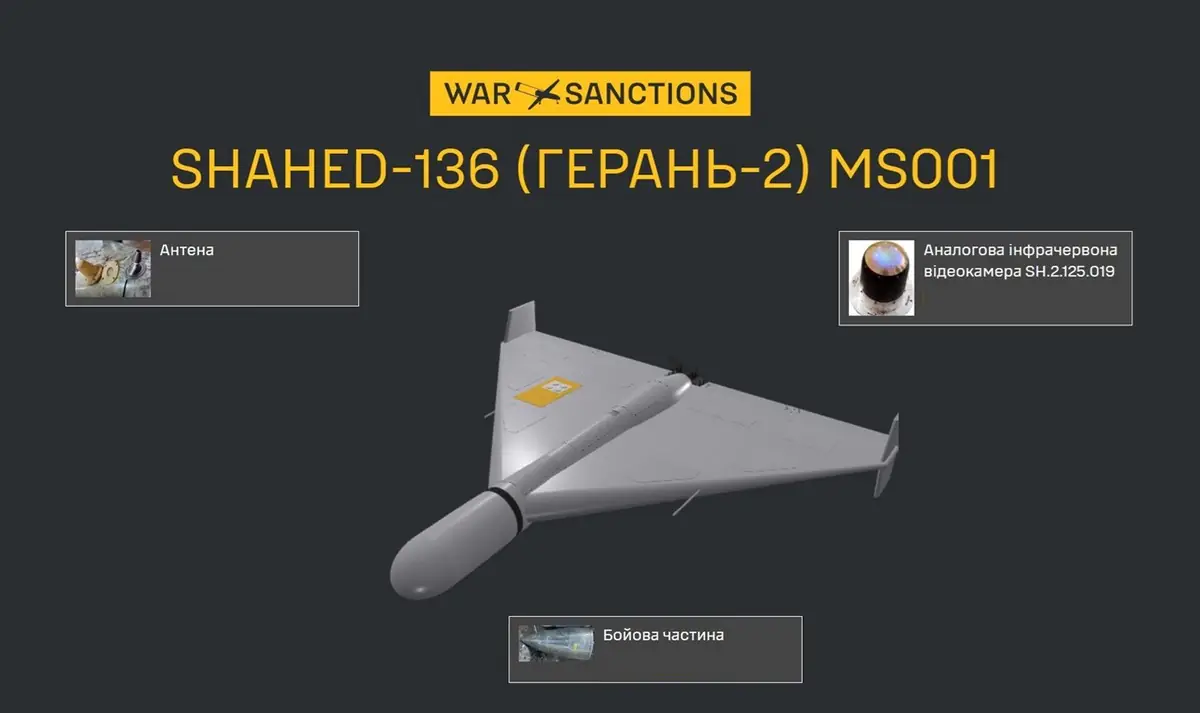
Western sanctions in the high-tech sector were expected to prevent countries like Russia and Iran from developing advanced weapons systems. However, the confirmed use of Nvidia’s Jetson Orin modules in military drones suggests that export restrictions remain either porous or poorly enforced.
In a comment to Tom’s Hardware, an Nvidia representative stated:
“Our Jetson Orin modules are consumer products sold to students, developers, and startups for peaceful applications. They are not officially available in Russia and are not intended for military use. If we discover that any distributor is violating U.S. export control regulations, we will immediately terminate our cooperation.”
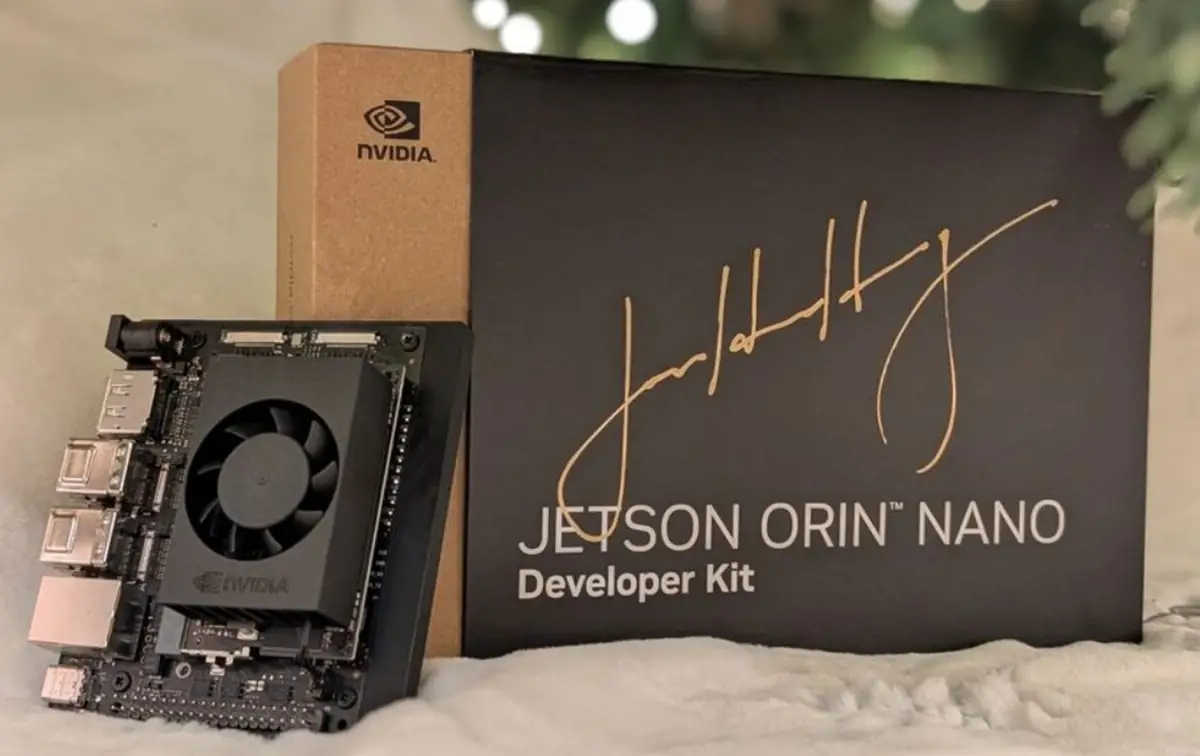
This isn’t the first time Nvidia’s Jetson Orin modules have appeared in Russian unmanned systems. About a month ago, the Ukrainian outlet Defense Express reported that another AI-powered attack drone, known as the V2U, is also built around Nvidia hardware. While the MS001 appears to be based on an Iranian design, the V2U was likely developed using Chinese components – specifically the Leetop A603 platform, which is manufactured in China.
Source: Tomshardware


